GAM - Over for another year
- Details
- Category: GAM 2017 Blog
By Christie McMonigal
Over the past few years we have been increasing our presence on social media, and this GAM we have made some really big steps in this direction, along with decreasing the focus on the website.
This year we have set up an instagram account, started utilising the Facebook Live video function, and brought on board a social media manager to help guide our activity.
The reason we have turned out focus to social media is because that is where our community is. Across the globe, mobile phone usage is increasing, more than 50% of the time we spend on the internet is on our mobile phones. In addition to this, internet users in developing and emerging countries are much more frequent users of social networks than in the US and Europe. This is in part because smart phones are more accessible than desktop computers in these countries. So by increasing our social media presence we are better able to connect with our members in these developing countries.
These changes have had big impacts too - we can see that interaction on our social media channels has increased dramatically. Particularly, for videos, the Facebook Live videos have had many more views than videos in previous years which were uploaded to Youtube and our website, which means we are reaching a lot more people. By using Live videos too we are able to actively engage with our community during the videos, they are able to post comments and questions in real time during the video, which we can answer and which also promote discussion between our users.
Another innovation we started this year was GAM Daily. In addition to our regular GAM Blog and American Astronomical Society Random Astro-facts, we collaborated with IAU Inclusion Working Group (LINK) and AstroEdu to bring Astronomy for All and AstroEdu Daily Activities. Astronomy for All highlights a new resource or activity every day to help clubs and groups include people with disabilities in their activities, while AstroEdu Daily shared a new astronomy education activity every day, often related to the different activities occurring during GAM.
All of these activities have had a fantastic impact, helping us connect with more people around the world, in particular helping them connect with us. We have had hundreds of photos, videos and event reports shared with us by people all over the world.
As GAM coordinator the thing that I love most about this role is seeing how people around the world celebrate, the similarities and the differences and the varied challenges presented by different locations. I love the photos of people looking through a telescope for the first time, children staring in wonder at the sky and the joy of seasoned astronomers when they get to share their passion.
So once again thanks to you our community for making GAM the amazing experience it is.
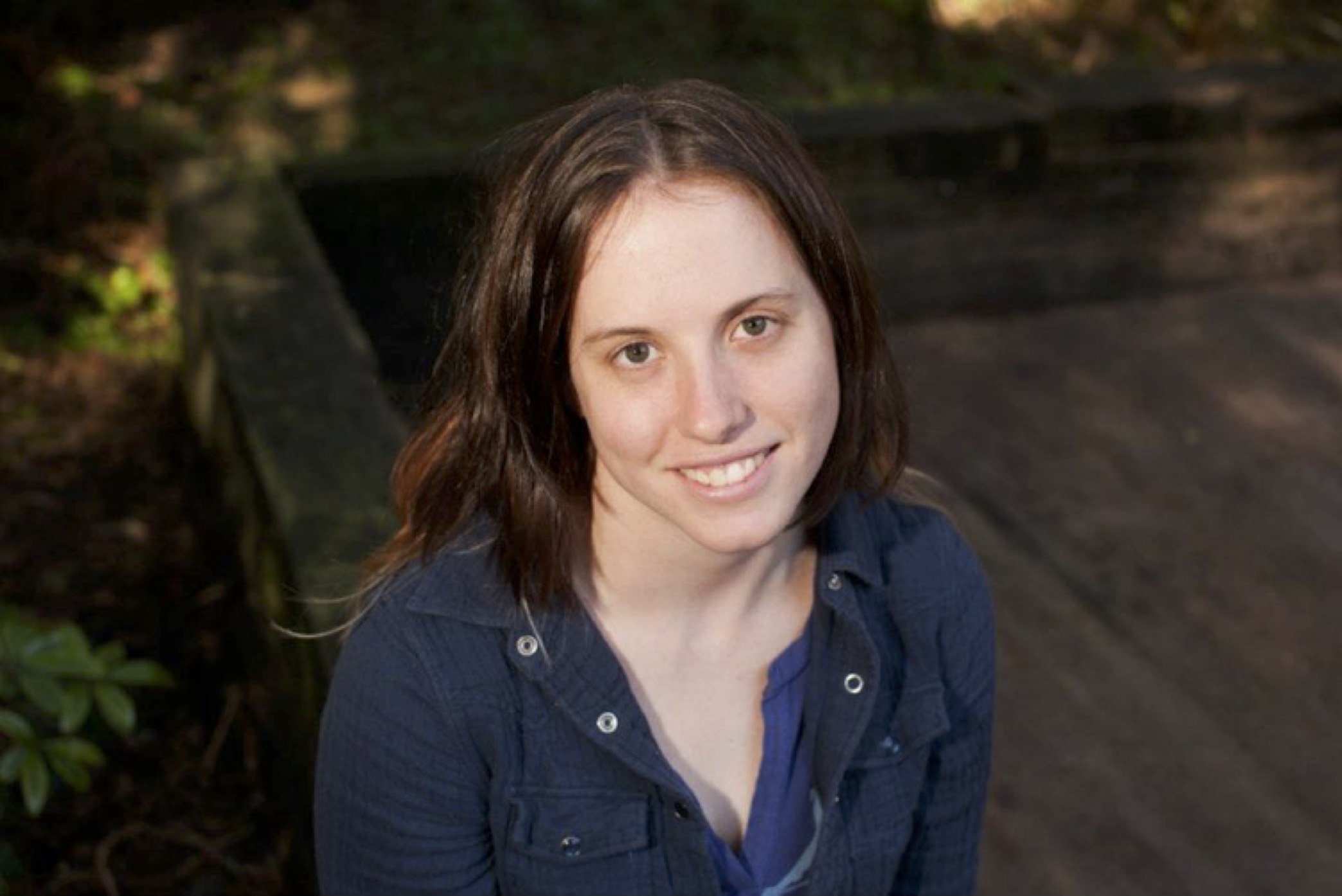 Christie McMonigal is the coordinator of Global Astronomy Month and an Australian science communicator with a strong focus on astronomy. She has worked in education and outreach with a number of organisations including Questacon - The National Science and Technology Centre and Sydney Observatory. She currently works with the University of Technology Sydney, coordinating the outreach and recruitment programs for the Faculty of Science.
Christie McMonigal is the coordinator of Global Astronomy Month and an Australian science communicator with a strong focus on astronomy. She has worked in education and outreach with a number of organisations including Questacon - The National Science and Technology Centre and Sydney Observatory. She currently works with the University of Technology Sydney, coordinating the outreach and recruitment programs for the Faculty of Science.
Christie has a passion for sharing her love of science with the general public. She feels science, in particular physics and astronomy, is a vital part of our everyday lives and she loves to use science to engage and inspire people of all ages.
Global Astronomy Month in Spain
- Details
- Category: GAM 2017 Blog
By Victoriano Canales Cerdá
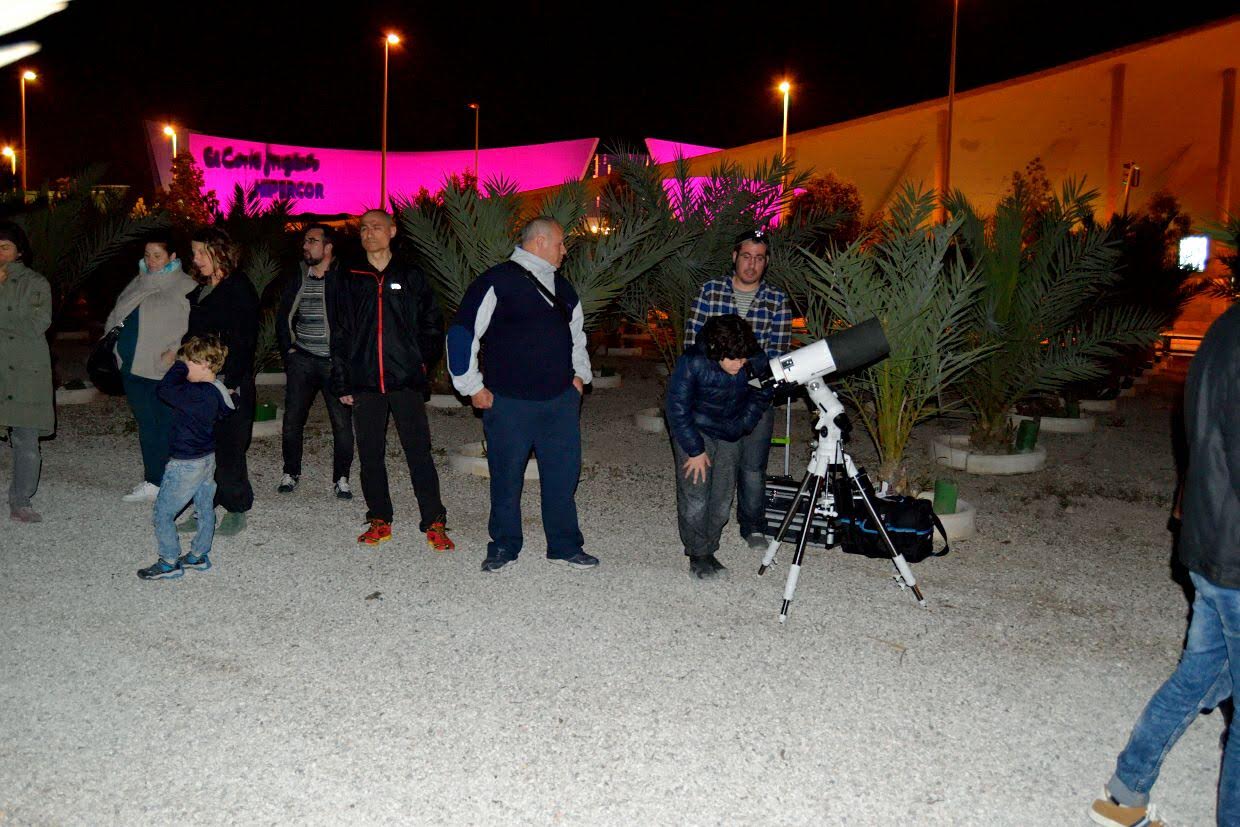 Observation of the Moon
Observation of the Moon
Spain is dressed as a gala at this year's Global Astronomy Month (GAM). Not many activities have been done, but they have been overwhelming. Ciudad Real, Alicante, Huesca, Malaga, Seville and Palencia were the provinces that presented the most activities.
The inaugural Star Party was used to make the Marathon Messier between partners and a special activity for the general public. Different lectures and workshops on astronomy were held during the week.
In the second weekend, the Moon was the protagonist in various associations, performing activities for their observation and photography. During this second week there were no activities during the week.
The third weekend was festive throughout the country and the main protagonists were the beaches. During this third week there was movement during the week, continued to take courses in astronomy, astrophotography workshops and conferences.
The fourth weekend was reserved for the observation of the Líridas and a second Marathon Messier. At the end of observational practical activities, Sunday was the last day of the Sun's observations. During the fourth week, 'End of the Month' activities were continued with round tables, end of courses, astrophotography workshops and charitable activities.
 Astronomy in classrooms
Astronomy in classrooms
It has been my first GAM as CN for Spain. I have a positive and a negative note: the good thing is that there were no obstacles to publicize the activities that have been generated during this month and the negative thing has been to know how to take the GAM better, making the entities use the GAM logo and some more things. For my part it has been a good experience.
 Victoriano Canales Cerdá is an amateur astronomer who began his career in the world of astronomy in 1990 at the age of 14, although he took my first steps in school thanks to his natural teacher Jose Luis. He studied electronics and computer science, nothing to do with astronomy in the beginning, but this was a pathway for him to discover the world of radio astronomy. He built a small radio telescope of 1.2 meters and was able to measure Earth-Moon distance several times, and hear the impacts of Comet Shoemaker-Levy-9 on Jupiter (in July 1994).
Victoriano Canales Cerdá is an amateur astronomer who began his career in the world of astronomy in 1990 at the age of 14, although he took my first steps in school thanks to his natural teacher Jose Luis. He studied electronics and computer science, nothing to do with astronomy in the beginning, but this was a pathway for him to discover the world of radio astronomy. He built a small radio telescope of 1.2 meters and was able to measure Earth-Moon distance several times, and hear the impacts of Comet Shoemaker-Levy-9 on Jupiter (in July 1994).
He withdrew from radio astronomy because of the complexity it entailed, and he threw himself into direct telescope observations, which was when he discovered the true Universe. From then on he began to study all the books of astronomy that fell into his hands, took courses in astronomy, and attended all relevant lectures, workshops, etc.
He now shares his knowledge and passion of astronomy, by visiting schools and institutes, participating in radio programs, and carrying out outreach activities in the Study and Dissemination Astronomical Observatory Group of Elche "AstroGEDA"; he has also been a chair of this committee since it was founded in June 2012.
He holds positions at the national level as Coordinator of Astronomers Without Borders in Spain and a member of the Federation of Astronomical Associations of Spain "FAAE". He’s also a member of The Meteorical Society and IMO (International Meteor Organization) and has been involved in the recovery of fallen or found meteorites, mainly in the province of Alicante, for the ICE-CSIC, in addition to participating in online programs for the search for potentially dangerous asteroids and NEOs.
Once upon a star
- Details
- Category: GAM 2017 Blog
By Rosa Doran
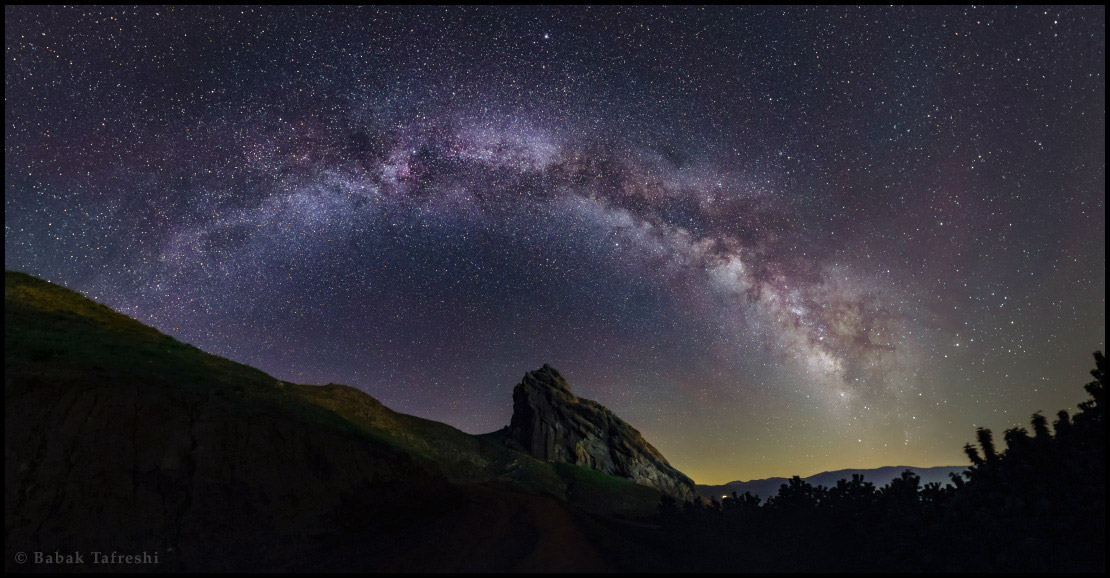
Often, when you tell someone that you are an astronomer you immediately receive a smile spiced with surprise. The feeling is mixed; and you wonder what does that smile mean ? The person looking at you:
Option 1 → really loves astronomy and is happy with the prospect of some nice exchange of information;
Option 2 → knows nothing about the topic but would really like to learn more;
Option 3 → thinks you maybe can make their horoscope.
In any case the feeling is good. Either you have the opportunity to discuss some nice news related to the field, or share some amazing facts that the person might not have heard before or simply share awareness for the difference between science and beliefs. What really drives me mad is when someone pretends they know exactly what astronomy is all about with a sentence like: “oh cool, I also like to see the stars ...” as if this encompasses everything. Drives me mad when people that can have influence think of astronomy as a far sister to important science or just as a romantic need to know more, which in fact is not important at all to our daily lives. My immediate reaction is to scream out loud: “wake up, astronomy is the essence of what we are!!! It is not just some constellations we see in the skies, if we are lucky. We are literally made out of star dust and if there is more life in this vast Universe it will most probably be made of the same material as we are. We don’t yet know if the Universe we naively call our own is all there is and we have no idea where it all came from and what will be its future. But we do know a lot, considering we are a very tiny piece of this amazing place that we are barely starting to understand.
Well, what is the reason for that. Simple, light pollution!!!
I am sure I have your attention now, don’t I J You are probably thinking if there could be some subtle, yet not explored consequence of light pollution in our brains. Well, not directly but indirectly by preventing the natural interest of human beings to question our very existence. Those of us who have the privilege to find ourselves under amazing starry skies know that it is impossible not to question what is this amazing cluster of jewels hanging above our heads. If there are more habitable worlds out there and if we will ever be able to go there. Human beings that don’t relate themselves to the skies will be unaware of our place in the cosmos, and as such, not self-aware of our illusional self-importance can be a menace to our life in this beautiful planet. Have you seen people like this around? Ask them if they know the scale of the Universe or how many galaxies are out there? You will be surprised. I will not ask if you know since you are reading this article, so you certainly know J!
City lights, or better saying, poorly built streets illumination, are the main source of light pollution. It translates into bulbs illuminating the skies, affecting the whole ecosystem and deeply affecting creatures, including ourselves. It doesn’t serve its main purpose which is illuminating the streets and creating a better and safer environment and it “steals” our dreams.
This can be easily solved with properly built poles where lamps are fully shielded. The result is less energy expenditure, less harming to the environment and improvement of our health and of course giving back to us the beautiful dark skies, full of stars. Although the solution is simple, its implementation not so much. It is necessary to create awareness about this problem, to identify the causes, highlight consequences and propose solutions.
Now you are probably thinking, yeah, right … so you really expect people to do that? Well, not really. In partnership with NOAO, my institution (NUCLIO) started, in 2009, a project called Dark Skies Rangers (https://www.globeatnight.org/dsr/; http://dsr.nuclio.pt/). The main objective is to involve students in actions to prevent light pollution in their localities. They are invited to conduct audits of the school’s streets, the streets where they live and any other location they can reach. They later deliver their audit to the mayor’s office, with the identification of how much the municipality could save and also pointing out the diverse problems originated by this problem. Hundreds of schools and thousands of students have already participated in the project and we are very confident that the future looks a lot less bright and full of wonder!!!
Starry skies to everyone.
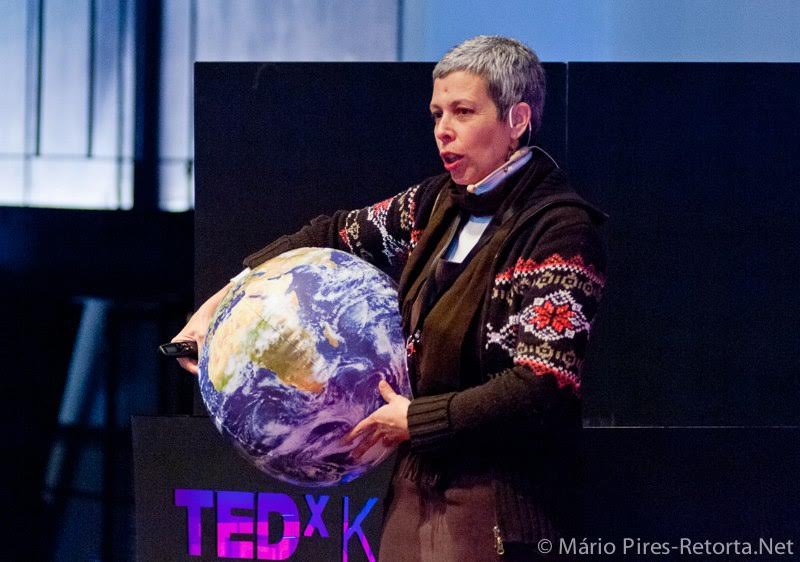 Rosa Doran holds a degree in physics and a PhD in Scienec Education. her professional activities from 1979 to 1992 were connected to industry management in finance and administrative areas. Since 1992 her main activities are related to science research, public outreach and science education. Her outreach and science education activities in Portugal are developed in cooperation with NUCLIO - Núcleo Interactivo de Astronomia, a non-profit association from which she is a founding member and president of the Executive Council. At an international level she is the vice-president of the executive council of the Global Hands-on Universe Association, a global institution devoted to Astronomy Education.
Rosa Doran holds a degree in physics and a PhD in Scienec Education. her professional activities from 1979 to 1992 were connected to industry management in finance and administrative areas. Since 1992 her main activities are related to science research, public outreach and science education. Her outreach and science education activities in Portugal are developed in cooperation with NUCLIO - Núcleo Interactivo de Astronomia, a non-profit association from which she is a founding member and president of the Executive Council. At an international level she is the vice-president of the executive council of the Global Hands-on Universe Association, a global institution devoted to Astronomy Education.
She is also the chair of the Galileo Teacher Training Program , one of the cornerstones and a legacy of the International Year of Astronomy 2009. Vice-Chair of the panel of education of COSPAR. Coordinator of the Portuguese Language office of Astronomy for Development for the IAU (International Astronomical Union). She is the general coordinator of international projects for NUCLIO. At an European Level I can mention a few important EC funded projects to which NUCLIO was the national representative: Discover the Cosmos, European Hands-on Universe, Open Discovery Space, Inspiring Science Education among others.
Rosa was the community building leader for the project Go-Lab (online labs for science education) and is now the PI for the project PLATON (a project that promotes Inquiry and Interdisciplinarity). She leads the cooperation efforts with other international outreach and educational programs in Portugal: International Astronomical Search Collaboration, Dark Skies Rangers, Astronomers Without Borders, Universe Awareness, etc.
Space Zoology - Fruit Flies and Tardigrades
- Details
- Category: GAM 2017 Blog
By Dr Caitlin Fisher
 The humble fruit fly (source: NASA - https://www.nasa.gov/mission_pages/station/research/news/AFEx)
The humble fruit fly (source: NASA - https://www.nasa.gov/mission_pages/station/research/news/AFEx)
When I was a child, I loved astronomy. I knew my planets (poor, poor Pluto), had glow-in-the-dark stars stuck on the bedroom ceiling and pretended I could see the Milky Way from our backyard. However I was shocked when I learned how fit an astronaut’s body had to be to withstand the high g-forces as the rocket ship took off into space as well as the harsh conditions on the spacecraft. I reluctantly rethought my career plans as an astronaut.
Luckily, I had a back-up plan - to collect lots of animals and have my own zoo.
While my career path has diverged from my childhood expectations (only a little), I had learned that my two favourite subjects could potentially be combined into one: animals in space! It turns out that animals had been sent to space more than a decade before the first cosmonaut Yuri Gagarin did in 1961. Remember those high g-forces that astronauts have to cope with? Human astronauts were not the first ones to do so - they sent non-human animals into outer space to see how well their bodies coped with the journey.
The first living things to leave the Earth’s atmosphere were fruit flies in 1947. Fruit flies are excellent test subjects for experiments because they share 77% of their genes with human beings! What that means is that, if you split half a strand of human DNA with half a piece of fruit fly DNA and compared them, 77% of the DNA would be the same! That is a lot to share in common with a tiny, flying insect - that might explain why bananas are so delicious! Fruit flies have continued to be frequent fliers into space. In May 2011, a live “Spider Cam” showed a fruit fly being captured by another space-dweller on the International Space Station, Esmerelda, a golden orb spider. In 2014, fruit flies were sent into space again to see whether zero gravity and other space conditions put stress on the fruit flies’ hearts and if they could stay healthy!
To stop fruit flies from stealing all the limelight, all sorts of other animals have been into outer space including mice, dogs, monkeys, rabbits, cats, guinea pigs, frogs, wasps, cockroaches, beetles, worms, newts and tortoises! But the weirdest creatures by far to have been flown up into space are the very mysterious tardigrades, or “water bears”. Only reaching a size of 0.5mm, these caterpillar-looking moss-eating animals can survive extreme temperatures, pressures, radiation, and dry conditions in all sorts of environments, and have even survived in the cold vacuum of space!
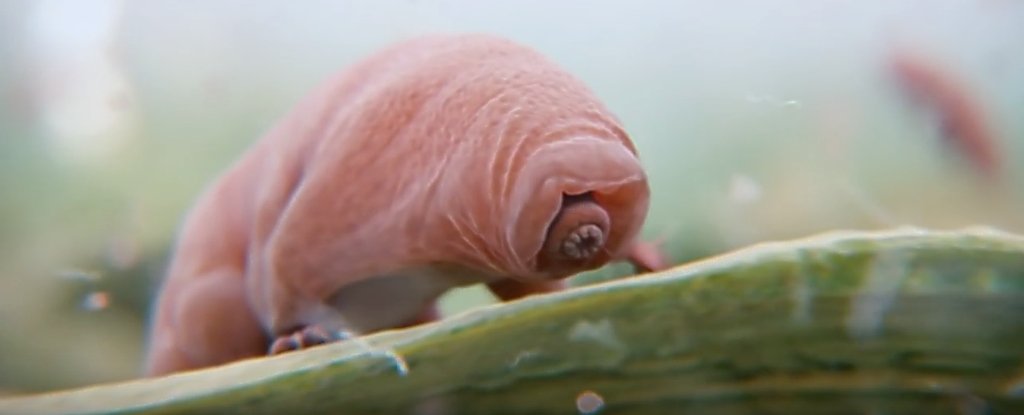 A tardigrade (source: Science Alert - http://www.sciencealert.com/we-finally-have-footage-of-tardigrade-mating-and-it-s-even-weirder-than-expected)
A tardigrade (source: Science Alert - http://www.sciencealert.com/we-finally-have-footage-of-tardigrade-mating-and-it-s-even-weirder-than-expected)
So it seems that my ultimate goal of having a Space Zoo is not too far away after all! I can’t wait until they have the first bird in space to see how it would fly in zero gravity, or the first school of fish swimming between big droplets of water floating in the air! Or my favourite animal of all ... the hippopotamus!
If you found yourself wanting to know more about animal astronauts, fruit flies or tardigrades, here are some great places to start!
- “The History of Animals in Space” - a great pictorial summary of the variety of animals that have been sent into space
http://www.space.com/20648-animals-in-space-history-infographic.html - “NASA’s Next ‘Top Model,’ The Fruit Fly” - NASA explains why fruit flies are great subjects to study
https://www.nasa.gov/mission_pages/station/research/news/fruit_fly - “Buzzing With Activity: Fruit Flies Orbit Earth for Science” - NASA’s program to study heart stress in space
http://www.spaceflightinsider.com/missions/iss/fruit-flies-iss-show-spaceflights-effects-heart/ - “Scientists Finally Figured Out Why Tardigrades Are So Indestructible” - a great overview of how tardigrade bodies react to harsh environments
https://www.gizmodo.com.au/2016/09/scientists-finally-figured-out-why-tardigrades-are-so-indestructible/
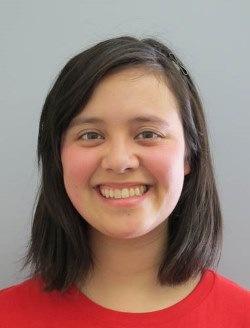 Caitlin is an astronomy enthusiast from Sydney, Australia and volunteer for Astronomers Without Borders. She obtained her PhD in Physics from the University of Sydney studying how light could be used to make faster and more energy-efficient computers. Her favourite hobby is to tell people fun science facts. Her second favourite hobby is eating chocolate and singing a cappella.
Caitlin is an astronomy enthusiast from Sydney, Australia and volunteer for Astronomers Without Borders. She obtained her PhD in Physics from the University of Sydney studying how light could be used to make faster and more energy-efficient computers. Her favourite hobby is to tell people fun science facts. Her second favourite hobby is eating chocolate and singing a cappella.
To Be One is To Be All
- Details
- Category: GAM 2017 Blog
By Borahan Aydoğmuş
“There's a single light of science, and to brighten it anywhere is to brighten it everywhere.” - Isaac Asimov
As humans since our existence we gazed upon the stars. We referred the celestials as gods once. We gave them different characters and different names and always thought how far they are. Now we realize that they are like Earth, objects in space. They are not more special then us nor we are more special then them. But we forget that even though we all share a pale blue dot, we are not as close to each other as we are to the stars.
Astronomy is the oldest one of the natural sciences. The oldest astronomer as we know is Aristarchus of Samos (c. 310 – c. 230 BC), with the first solar system model. Then came scientists like Copernicus, Galileo, John Michell, and Isaac Newton. They were scientist of different times and different places and still throughout history, all of the scientists like them, even when they are in different cultures, different languages, different ideas they communicated with science. Wherever you go in this small yet so big planet of ours, everyone you met can speak the language of science. Science is a global pulpit for us.
We can communicate by science; we can overcome our prejudice with science. We used to teach astronomy to kings, sultans, pharaohs, so that the strongest person in that country understands our place in the universe. And now, we are not giving it the credit it deserves. Every horror and apocalyptic movie starts with a scientist being ignored. We have one Earth and we are destroying it, just because we are not giving enough importance to science, and by doing that we are destroying ourselves.
Since I became the president of HUAST, I realized that we could stop discriminating ourselves, separating one from other because everyone I met until now wanted to know something about our planet, our sun, and our universe. We sometimes forget how joyful it is to listen and learn science from experts. We forget how enjoyable it is to do science. Each one of us has questions and we want them to be answered. Be it a four years old child or a sixty years old person. We all are humans so we all want to know.
We are halfway to achieve our mission, One People One Sky. We already have one sky. The rest is only being one people. By joining AWB, we started to be more unitive towards enthusiast from Turkey to be one, and so far we are, with one step at a time, successful.
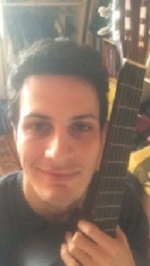 Borahan Aydoğmuş is 21 years old, living in Ankara/Turkey because he is studying Applied Physics/Physics Engineering at Hacettepe University. He is in charge of Hacettepe University Astronomical Society, current representative and coordinator of AWB for Turkey.
Borahan Aydoğmuş is 21 years old, living in Ankara/Turkey because he is studying Applied Physics/Physics Engineering at Hacettepe University. He is in charge of Hacettepe University Astronomical Society, current representative and coordinator of AWB for Turkey.
"As a young scientist I believe the idea and mission of AWB can make a big change, a good one at that, for us humans. For that cause I am giving educational seminars about various subjects to various people in order to share science and learn science with them."





